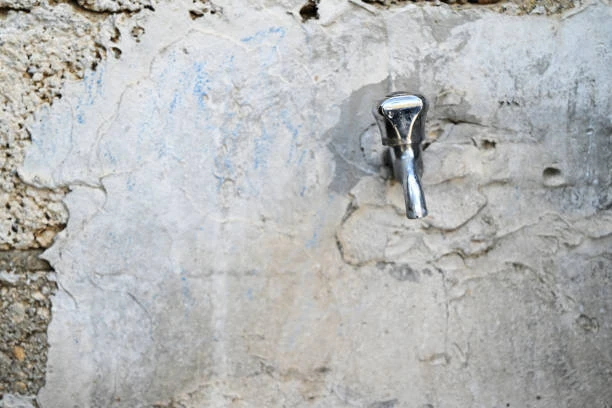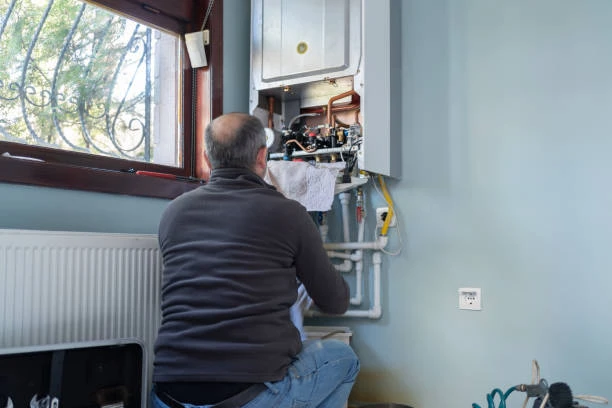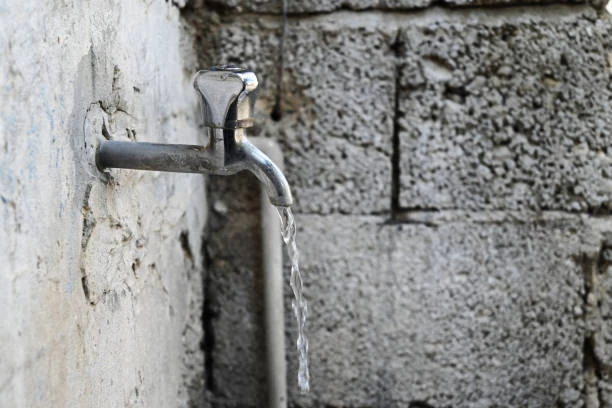
Sharing Practical Copper Faucet Installation Tips
Installing copper faucets with the correct faucet fittings enhances both the durability and appearance of any plumbing system. Copper remains a top material choice for its resistance to corrosion, aesthetic appeal, and hygienic qualities. Whether you’re a DIY enthusiast, professional installer, or simply planning a renovation, understanding the correct approach to copper faucet installation can save time, reduce waste, and ensure a leak-free setup.
This article provides practical copper faucet installation tips, covers frequently asked questions, explains valve basics, outlines common applications, and offers a comprehensive buyer’s guide. It also compares copper valves to other materials and introduces IFNS’s internationally recognised plumbing standards.
Frequently Asked Questions (FAQ)
1. What are faucet fittings and why are they important?
Faucet fittings are the connectors and components used to join the faucet with the water supply system. They ensure a tight seal and proper water flow. Using the right fittings prevents leaks and prolongs the life of the entire setup.
2. Why choose copper for faucet fittings?
Copper is durable, corrosion-resistant, and naturally antimicrobial. It’s widely used in plumbing systems due to its excellent performance and long life under both hot and cold water conditions.
3. Are copper faucets easy to install?
Yes. With proper preparation and the correct tools, installing copper faucets can be straightforward. However, attention to detail—especially when handling fittings—is key to avoiding leaks or alignment issues.
4. Can copper faucet fittings be used in both residential and industrial systems?
Absolutely. Copper fittings are widely compatible with various systems, making them suitable for homes, commercial spaces, healthcare settings, and industrial facilities.
5. How do I know if a copper faucet and its fittings are high quality?
Check for certifications, reliable brand names, smooth threads, and precise finishes. Products complying with ISO or ASTM standards generally offer dependable quality.
Valve Basics: Definition and Key Features
A valve is a mechanical component that controls the flow of liquid or gas. In plumbing, faucet valves allow users to turn water on and off, regulate temperature, and control pressure. Copper faucet valves are especially valued for their performance and reliability.
Main features of copper valves include:
Corrosion resistance – They do not rust easily, even in high humidity.
Thermal stability – Withstand high temperatures without deforming or failing.
Antibacterial properties – Copper’s natural resistance to bacteria makes it ideal for sanitary applications.
Pressure endurance – Suitable for both low and high water pressure systems.
Compatibility – Easily connects with other metal or plastic piping systems through standardised faucet fittings.
Common Uses and Application Industries
Copper faucet fittings and valves are highly versatile. Their performance and hygiene benefits make them an ideal choice across multiple sectors.
Common application areas:
Residential plumbing – Kitchens, bathrooms, and utility rooms.
Commercial installations – Offices, malls, and public restrooms.
Healthcare facilities – Hospitals and clinics where hygiene is critical.
Food and beverage industry – Industrial kitchens and food processing.
Manufacturing plants – Particularly where chemical resistance is needed.
Due to their long lifespan and aesthetic appearance, copper faucets are increasingly found in luxury home designs and eco-friendly buildings.
How to Choose the Right Copper Faucet and Fittings
Before making a purchase, it’s essential to evaluate several aspects to ensure the faucet and its fittings suit your needs.
1. Material Quality
Choose fittings made from high-purity copper or certified copper alloys. Avoid products with inconsistent colouring, rough threads, or signs of oxidation.
2. Valve Type
Go for ceramic disc valves for smooth operation and long service life. These valves prevent drips and allow precise control.
3. Finish and Appearance
Copper comes in several finishes—polished, brushed, or antique. Select one that matches your interior style while considering scratch resistance.
4. Certifications
Look for products that comply with standards like ISO 21003, ASTM F1974, or DIN 16836. These guarantee safety, durability, and environmental compliance.
5. Compatibility with Your System
Ensure the fittings match your piping size and material. SPS, PEX, and multilayer pipes may require specific connector types or adaptors.
6. Warranty and After-Sales Support
Always choose a supplier offering product support, installation advice, and documentation such as catalogues or test reports.
Installation Tips for Copper Faucets and Fittings
Installing copper faucets successfully involves several critical steps. Following these ensures a long-lasting, leak-proof system.
1. Shut Off the Main Water Supply
Always turn off water before installation to avoid flooding or water damage.
2. Prepare the Workspace
Clear the sink or countertop area. Ensure all tools and materials, including wrench, sealant tape, and fittings, are ready.
3. Fit the Faucet to the Sink
Insert the faucet through the pre-drilled hole. Tighten the mounting hardware underneath using a basin wrench to keep it stable.
4. Connect the Hot and Cold Water Lines
Attach supply lines to the corresponding fittings. Apply thread seal tape to prevent leaks, then tighten carefully—avoid overtightening.
5. Check Valve Operation
Turn the water back on slowly. Open the faucet and check both hot and cold valves for proper flow. Inspect all joints and connections for leaks.
6. Apply Sealant Where Needed
If gaps exist between the faucet base and the sink surface, apply silicone sealant to prevent water seepage.
7. Final Inspection and Adjustments
Ensure everything is aligned and functioning. Check water pressure, valve movement, and fitting stability.
Copper Valves vs Other Materials: Comparison Table
| Feature | Copper Valves | Brass Valves | Stainless Steel Valves | Plastic Valves |
|---|---|---|---|---|
| Durability | Excellent | Good | Excellent | Fair |
| Corrosion Resistance | High | Medium | High | Low |
| Temperature Tolerance | High | Medium | High | Low |
| Antibacterial | Yes | Limited | No | No |
| Eco-Friendliness | Fully recyclable | Partially recyclable | Recyclable | Not easily recyclable |
| Cost | Moderate to High | Moderate | High | Low |
| Aesthetic Appeal | Natural, elegant ageing | Traditional | Sleek, modern | Basic |
Copper remains the top choice for users seeking a blend of performance, health benefits, and classic design.
Conclusion
Understanding how to properly install copper faucets and fittings helps reduce long-term maintenance and improves system reliability. Copper is a time-tested material that performs excellently under pressure and in demanding environments. When paired with the right faucet fittings, it offers unmatched value, hygiene, and aesthetic appeal.
With the right tools and installation technique, even complex setups become manageable. Always verify the product quality, use certified parts, and follow structured steps for installation. This ensures a durable and efficient faucet system for years to come.
Contact IFNS for Catalogues and Samples
Need technical documents, catalogues, or sample products? Reach out to IFNS today.
For more information,pls visit our webside https://ifns.su/
Whatsapp: +86 15088288323
Our team responds quickly and provides professional support for all your pipeline and faucet fitting needs.
IFNS International Standard
IFNS piping systems comply with a wide range of international standards to ensure high quality and performance. These include:
ASTM F1974 – Multilayer piping systems in North America
ASTM F1281 – Composite pipe specifications
CSA B137 – Canadian plumbing system standard
DIN 16836 – German technical piping specification
GB18997 – National Chinese piping standards
ISO 21003 – International multilayer piping standard for hot and cold water
This broad certification scope highlights IFNS’s commitment to global compliance, customer satisfaction, and product reliability.









